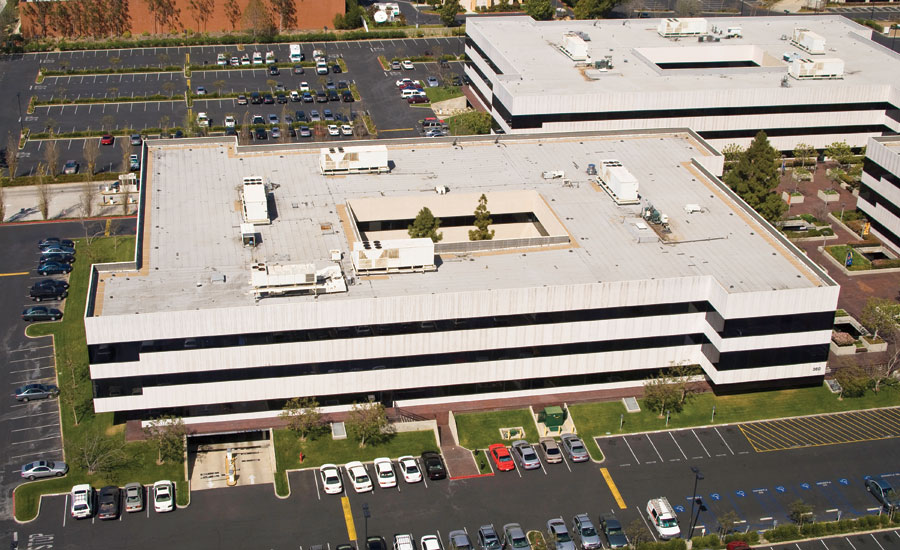ROOFING ADVICE THAT SAVES YOU MONEY

Sometimes the most important advances in sustainable materials can happen using some of the most ordinary products. Cover boards have been used with flat roof systems for decades, starting with hot-mopped and torch-applied asphalt systems to protect the underlying roof from damage during installation. However, when single-ply roofs started to gain market share, the demand for cover boards started to decline. Part of this trend away from cover boards was driven by the observation that single-ply roofs may not require a cover board to assure installation success; but some of the movement away from cover boards may have been a result of manufacturer specifications that didn’t require the use of a cover board to obtain a roofing warranty.
As we started to learn (or perhaps re-learn) that cover boards offer advantages for all flat roof systems, the use of cover boards began to grow and now has become a common practice. It’s easy to understand this trend when you take a look at all the benefits modern roof cover boards offer:
Cover boards save energy. When a cover board is installed with staggered joints over the underlying thermal insulation, thermal loss at the insulation edges is reduced — even if more than one layer of thermal insulation is used.
Cover boards make recycling easier. Although it may be difficult to remove and recycle the cover board itself, it may be much easier to remove the underlying thermal insulation and keep it in a condition suitable for recycling.
Cover boards protect your insulation investment. With building codes now requiring anywhere from R-20 up to R-35 or more for flat roofs, your customer’s investment in energy efficiency is substantial. By preventing crushing or compression of the underlying thermal insulation, a cover board helps ensure that your customer gets a full return on the insulation investment.
Cover boards extend roof service life. Let’s face it, many roofs don’t wear out. Instead, damage by foot traffic, hail, high winds, etc. causes the roof to fail first. Cover boards help protect against these causes of premature roof failure and as a result help roofs achieve their optimal service life.
Cover boards increase wind and fire resistance. In general, roof systems using cover boards tend to achieve higher wind and fire ratings, which also help to extend roof service life.
Better thermal performance, longer service life, easier recycling and better return on investment: that’s a lot for a single roofing product to offer. And even better, the choices for roof cover boards have expanded significantly. Today, there are several suppliers of moisture-resistant gypsum cover boards that can be obtained in thicknesses as low as one quarter of an inch. In addition, an even wider variety of foam cover boards is now available, including high-density polyiso boards and fan-folded polystyrene products. New high-density mineral wool products also have emerged to offer a modern high-performance update on traditional wood fiber and perlite boards. Finally, many roof system manufacturers have developed high-performance roofing systems using oriented strand board (OSB) to provide increased wind and hail resistance. Taken altogether, the choices available today are staggering.
Ultimately, cover boards are a great way to make roofs more sustainable while providing you with a solid economic return.

